Embarking on a transformative journey spanning four decades, MVJ College of Engineering has evolved into a dynamic hub of learning, blending technical prowess with character development.
The goal of MVJCE has been to create efficient programmes that allow students to be carefully transformed into highly motivated graduates and postgraduates, enriched with professional competence, managerial skills, inherent dynamism and humanism, and industry ready. The curriculum is revamped based on the recommendations of NEP 2020, AICTE (Model Curriculum), UGC, VTU as well as National, Societal & industry requirements.
Our board of governors comprises dedicated individuals driven by a shared vision of holistic education. With diverse expertise and unwavering commitment, they lead by example, fostering an environment where students thrive academically and personally.
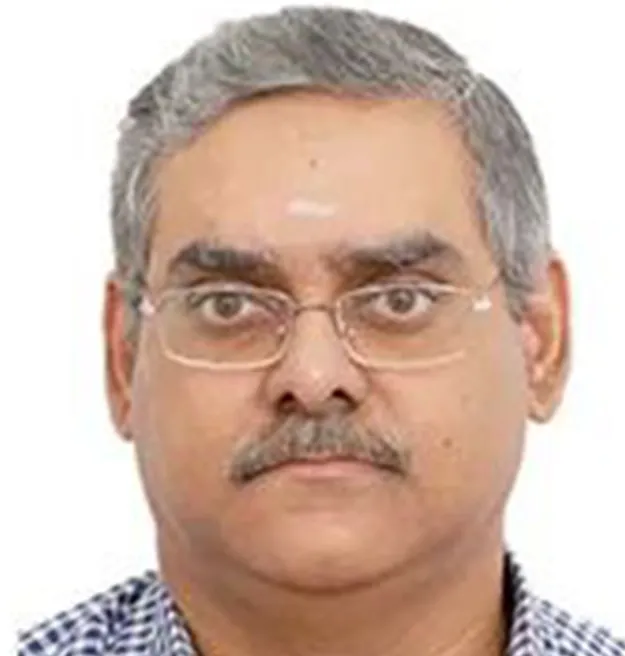
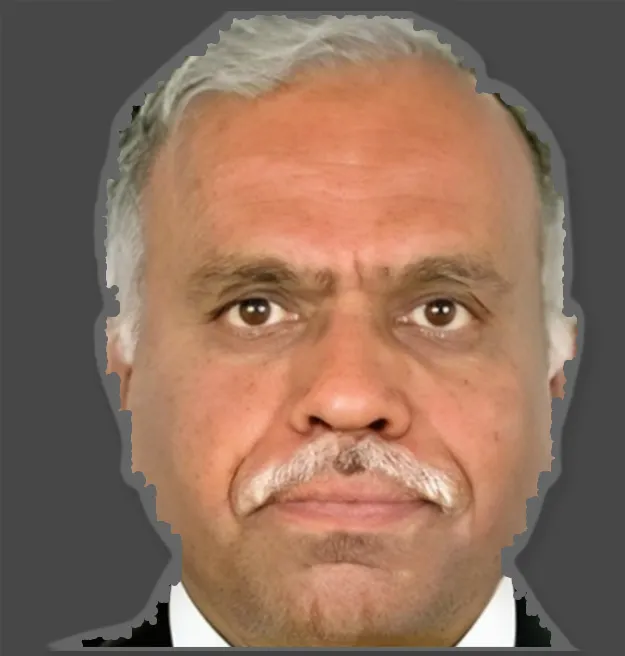
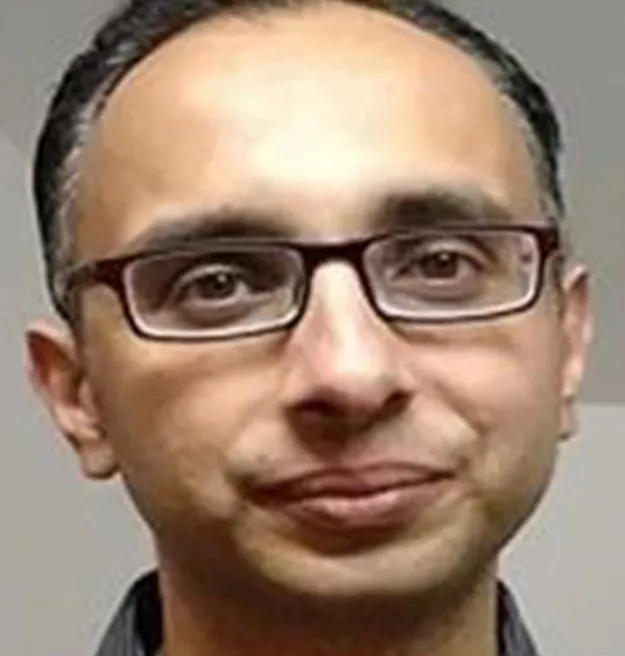
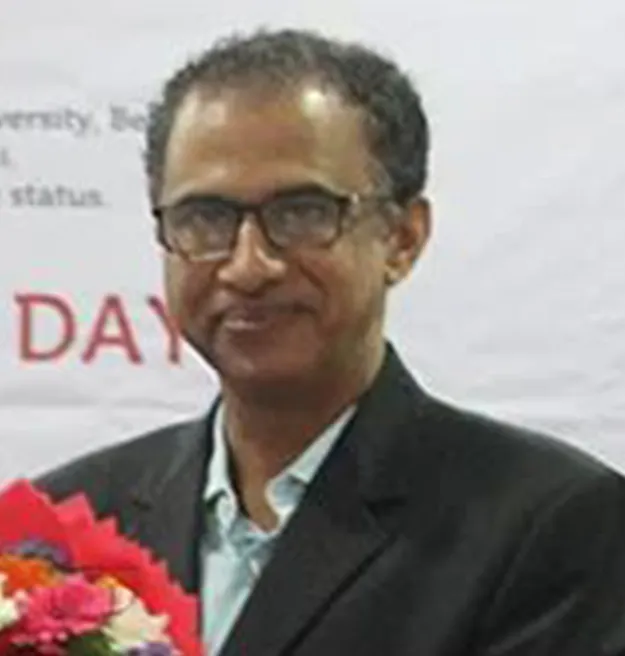
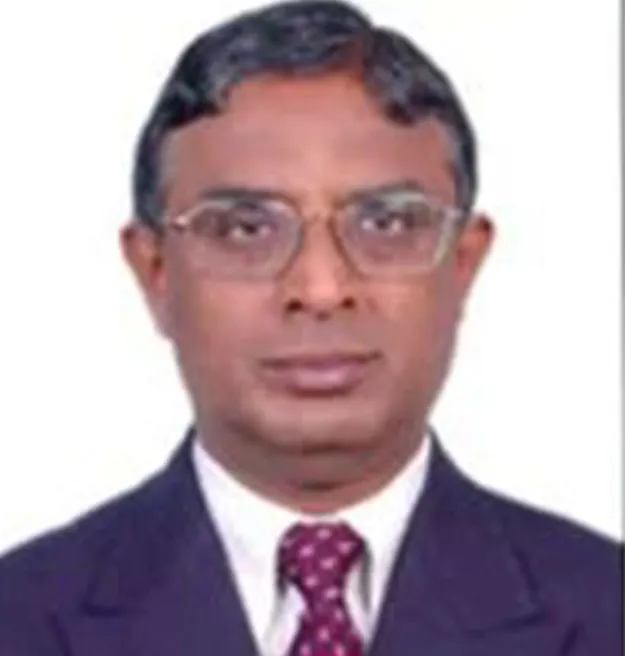
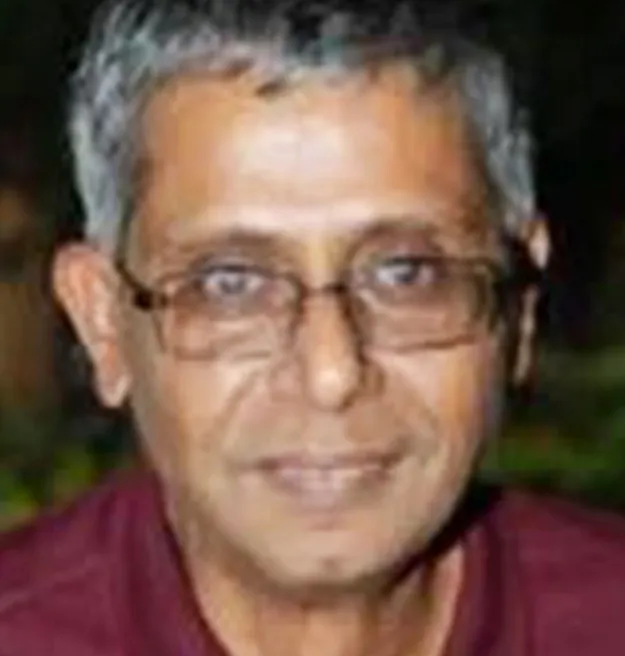
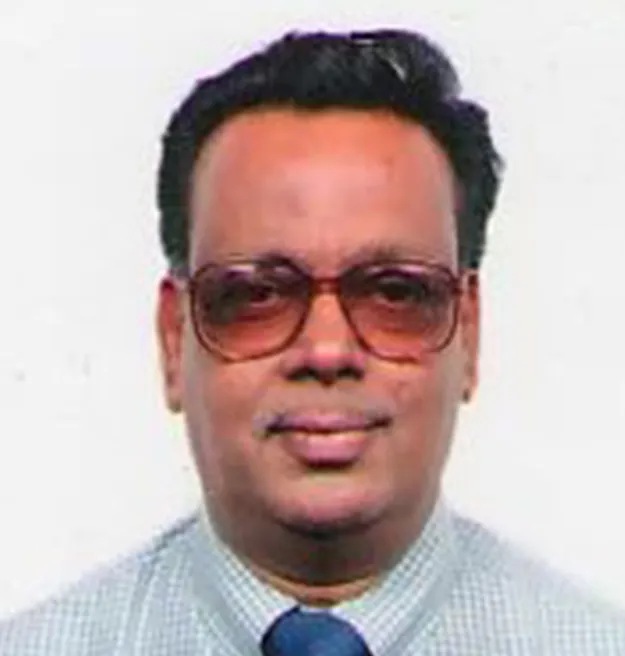
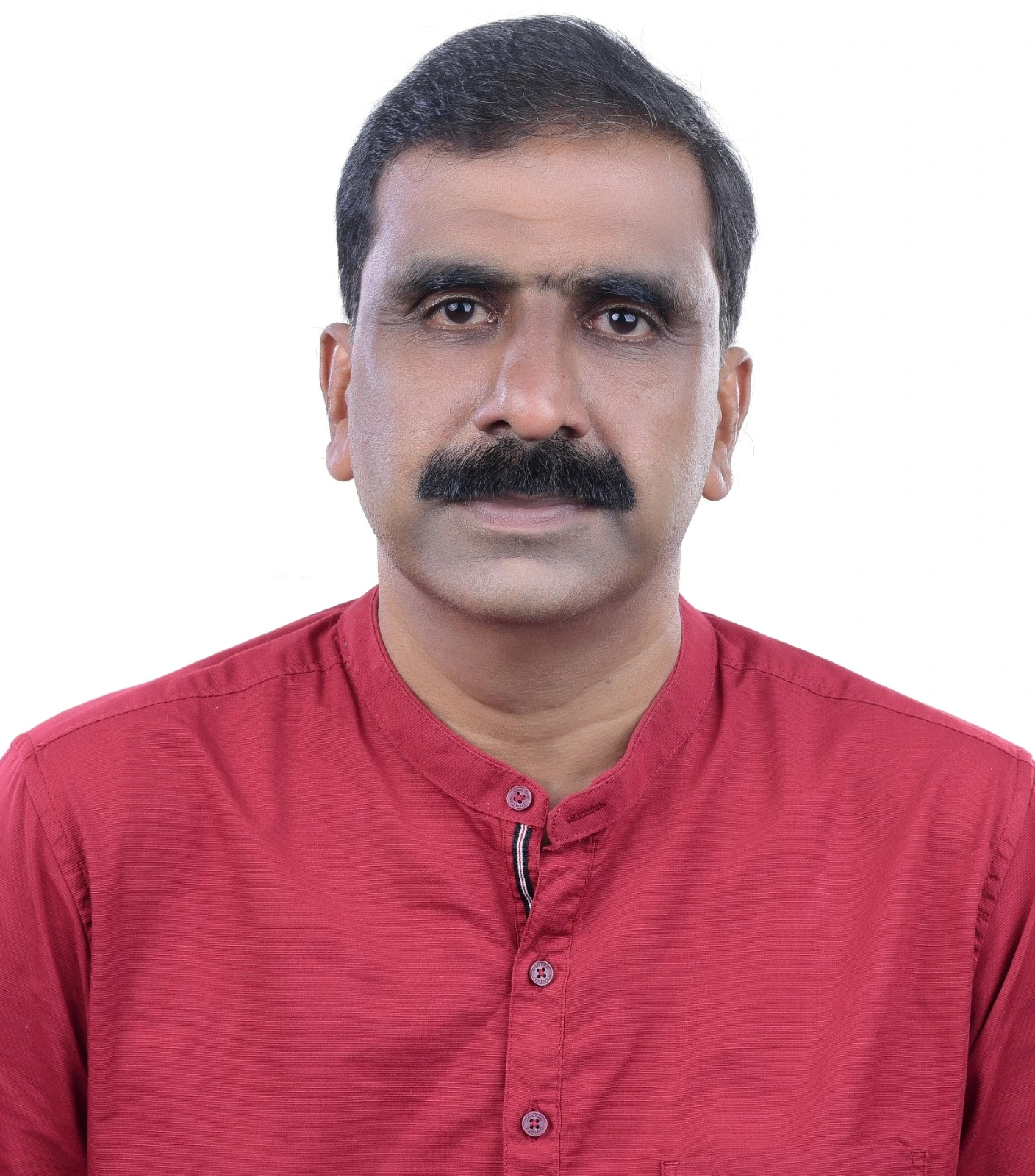
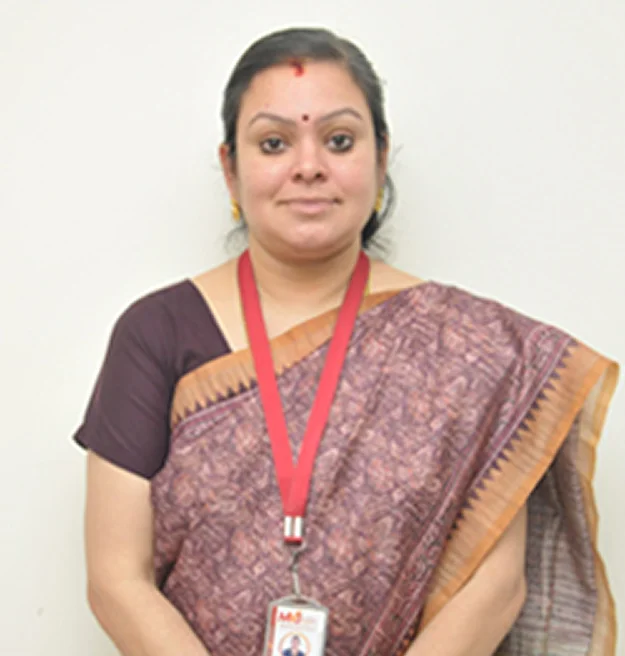
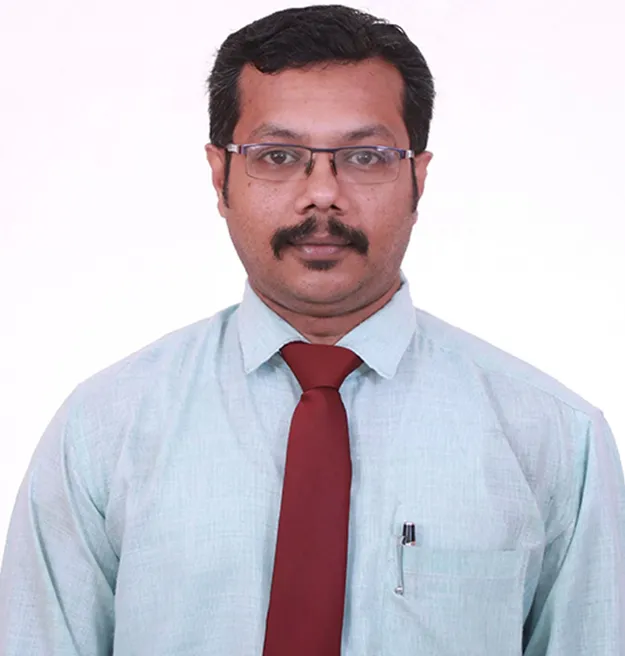
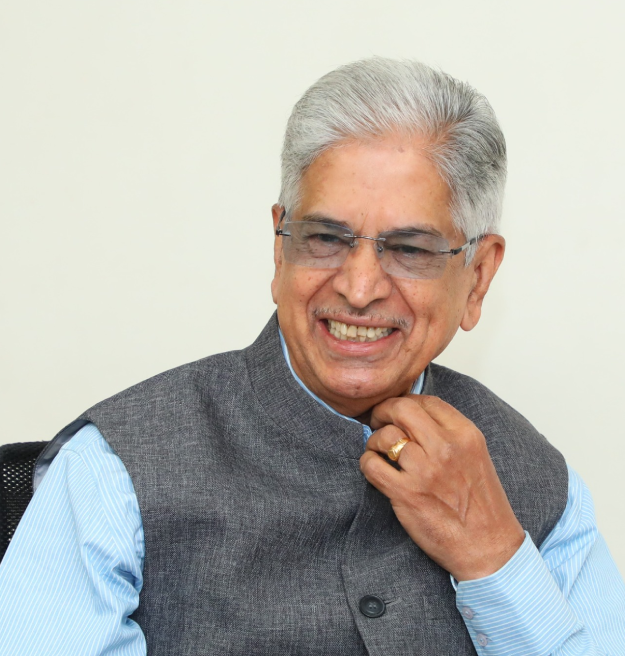











MVJCE’s Placement Cell bridges corporates and students for recruitment, ensuring students are highly employable. Through 250 extra hours of targeted training over four years, we boost confidence, analytical skills, presentations, communication, and technical prowess.
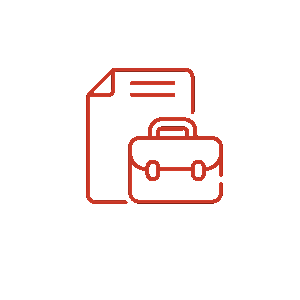
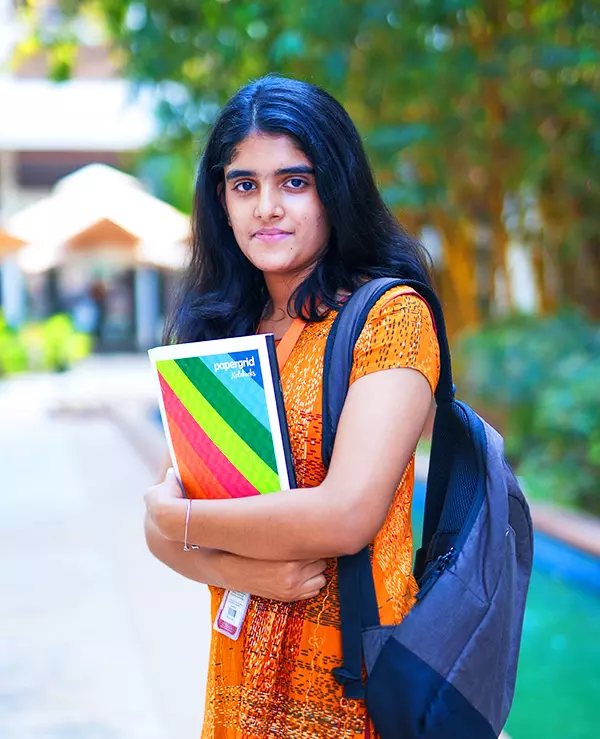
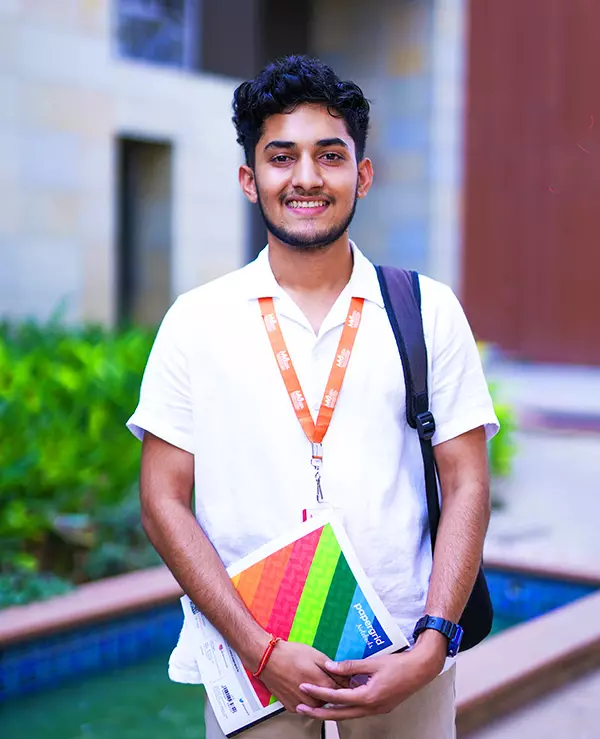

MVJ College of Engineering takes pride in the remarkable achievements of its students, reflecting their prowess in academic, extracurricular, and entrepreneurial pursuits. From winning national coding competitions to excelling in research projects, students consistently showcase their talents and skills.
MVJ College of Engineering is not just an institution; it’s a vibrant hub of life and opportunities. From engaging events and diverse clubs to fostering entrepreneurship and promoting sports, our campus pulsates with energy.

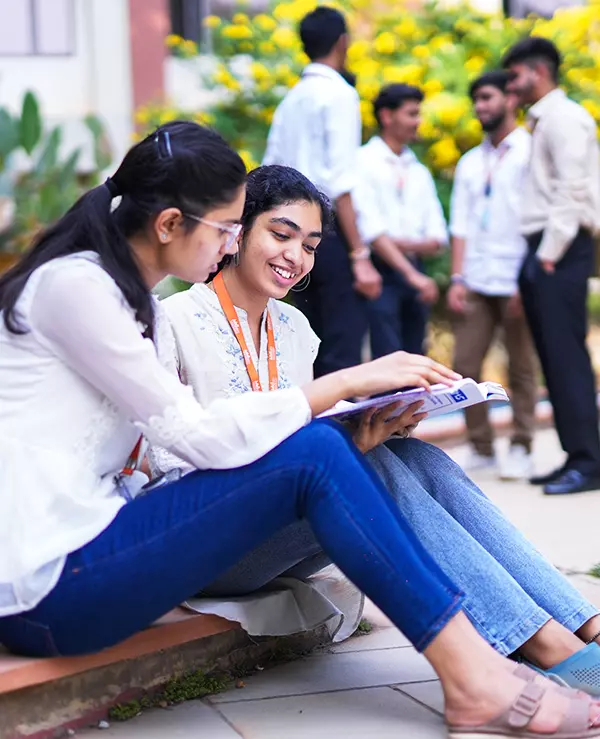





Top 4 Engineering Colleges under Visvesvaraya Technological University (VTU)
Ranked 84th among Top Private T-Schools by Data Quest 2023
E&C and Telecom Depts’ Robotics Lab: Ranked among India’s best, winning 200+ competitions
Mechanical Engineering: Innovative projects like “Tricycle that runs on water” and “GoKart”
Ranked 119th among Best Colleges in India by The Week Hansa Survey 2023
Civil Engineering: Trusted by Government and private organizations for design & testing
700+ job offers from leading MNCs annually
Mechanical Engineering: Innovative projects like “Tricycle that runs on water” and “GoKart”
Success at MVJCE is propelled by commitment, persistence, ongoing education, and a nurturing community.
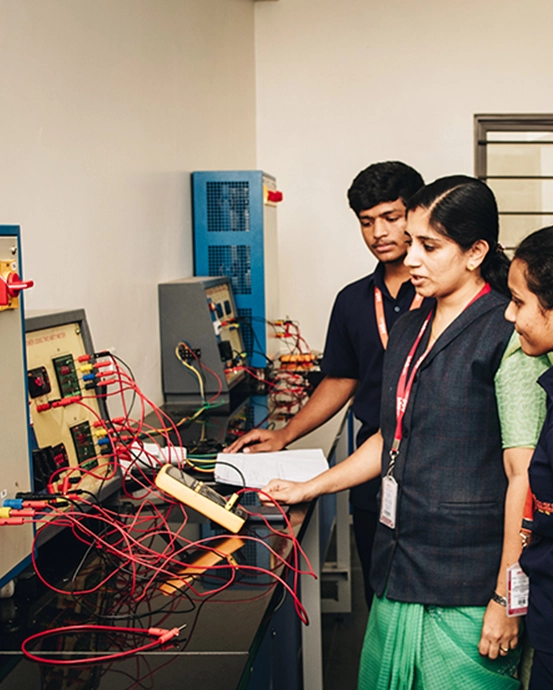
Cutting-edge research labs equipped with state-of-the-art technology.
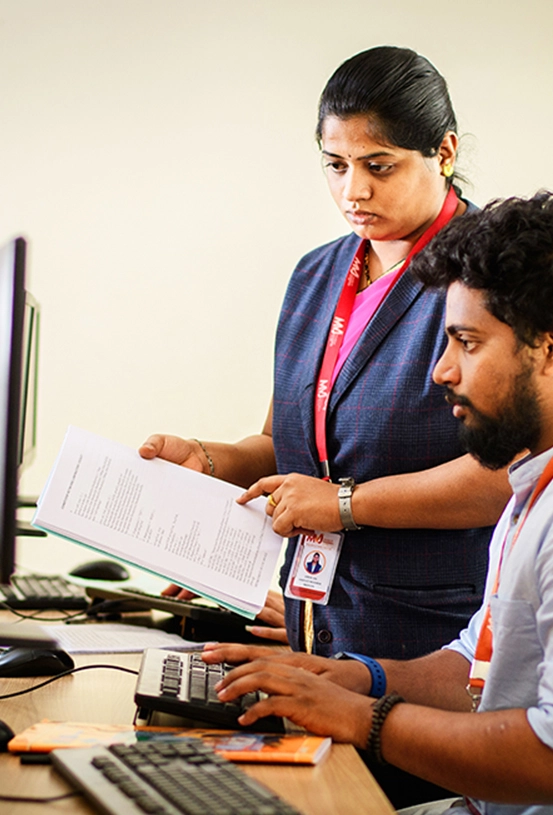
Dedicated faculty providing mentorship and guidance for academic pursuits.
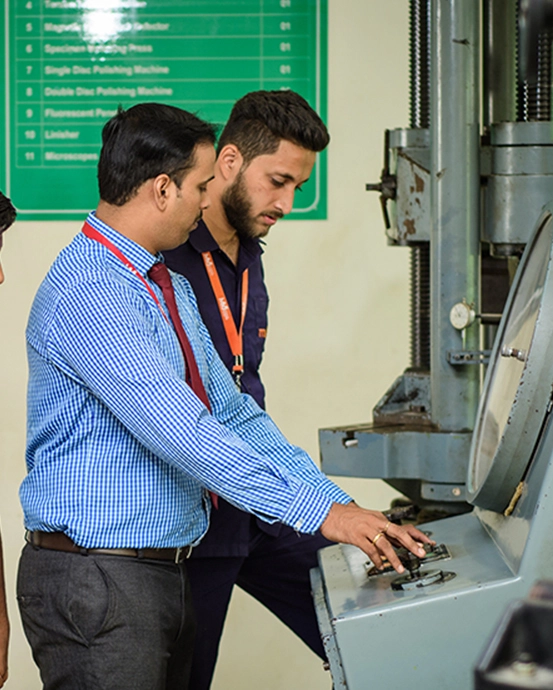
Commitment to academic excellence through continuous improvement and innovation.
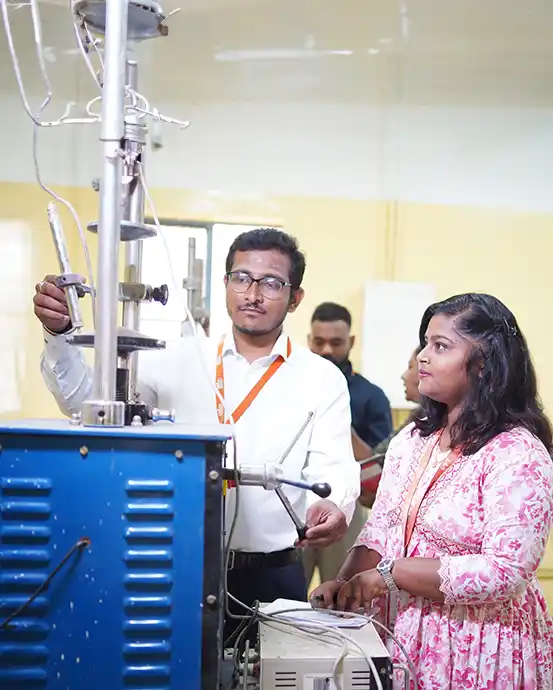
State-of-the-art laboratory amenities encouraging pioneering research at MVJCE.
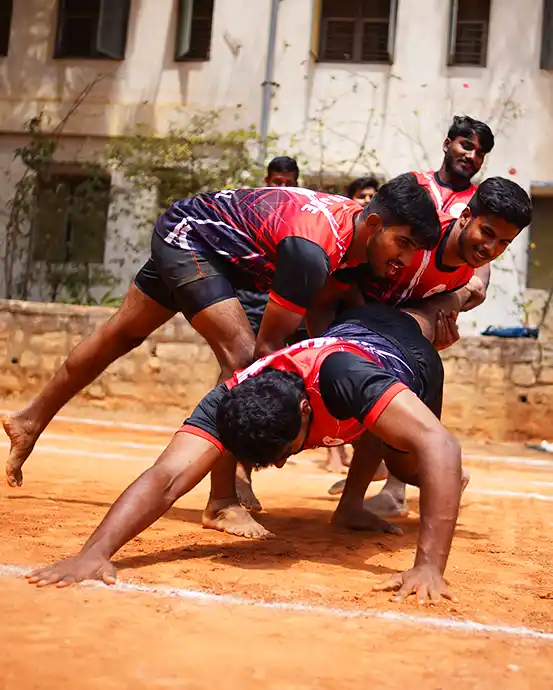
State-of-the-art sports facilities for athletic excellence at MVJCE.
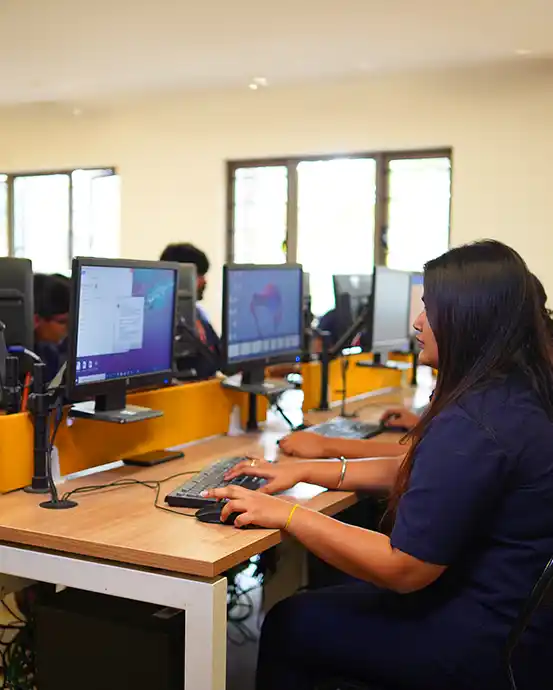
MVJCE’s exceptional computer lab: Where technology meets innovation.
Nestled in the heart of Karnataka, Bengaluru stands as a vibrant metropolis renowned for its rich cultural heritage and bustling urban life. Fondly known as the “Garden City,” Bengaluru captivates visitors with its pleasant climate, lush greenery, and cosmopolitan atmosphere. Boasting a dynamic blend of tradition and modernity, this city attracts people from all corners of the globe, drawn by its opportunities, innovation, and vibrant lifestyle.
Whitefield’s meteoric rise to prominence can be attributed to the Information Technology boom that swept through the city in the late 20th century. With the establishment of major IT companies and tech parks, Whitefield emerged as the epicenter of Bengaluru’s IT industry, attracting talent and investment from across the globe. This influx of tech-savvy professionals transformed Whitefield into a bustling commercial district, fueling economic growth and urban development in the region.
Transform your mind, your life and the world around you at MVJ. Get in touch, schedule a visit or start your admission process today.
MVJ College of Engineering, Near ITPB, Whitefield, Bangalore-560 067